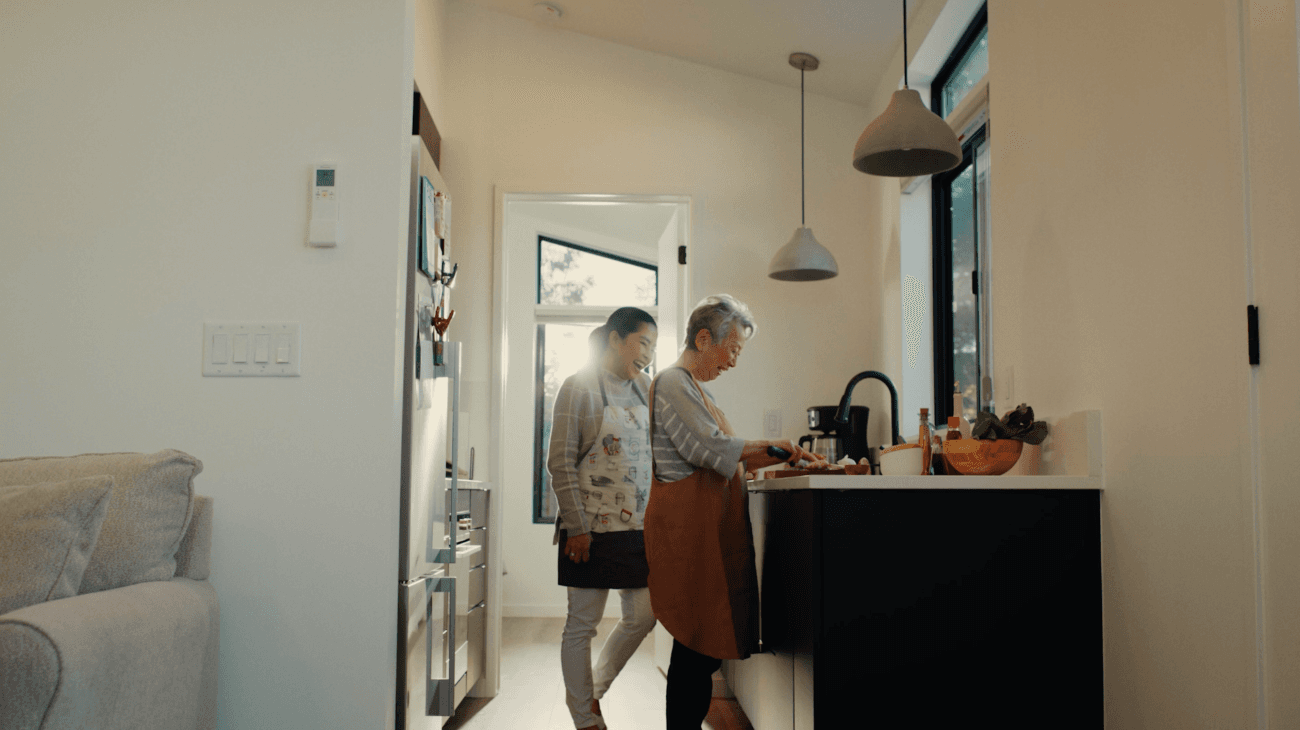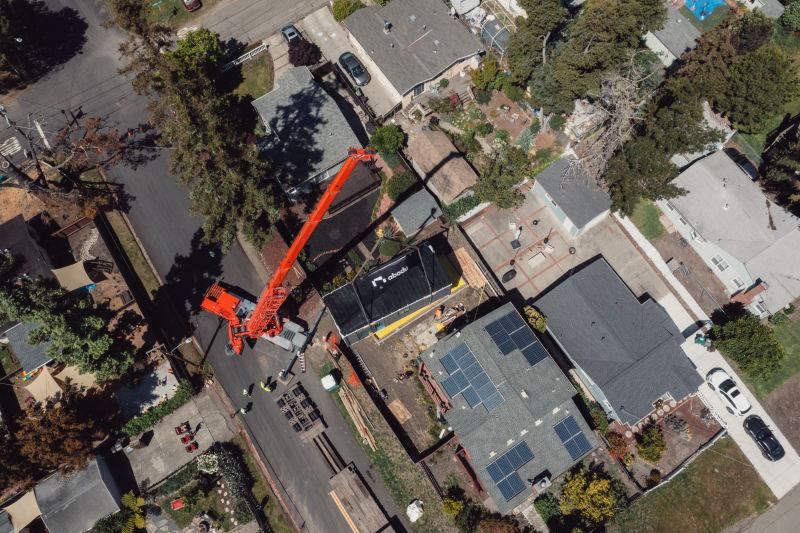Can an ADU be a Primary Residence in California?

Abodu
California property owners often have many questions about accessory dwelling units, such as “How do you get an ADU building permit?” or “Can an ADU be a primary residence?”
The answer to these ADU FAQs depends on the type of unit being built—whether it’s a detached ADU or an attached ADU like a garage conversion—in addition to the homeowner’s location and local government ordinances.
For example, the city of Los Angeles has unique building permit fees and rules for detached ADUs that differ from those of other cities in the Bay Area. Plus, different regulations apply to ADUs situated on a multifamily property or a single-family home.
Not to mention, California state law concerning new construction of ADUs is constantly evolving, potentially impacting which housing units qualify as main residences.
Can an ADU be a primary residence in California?
In certain jurisdictions, an accessory dwelling unit can serve as a primary residence. Though by definition, an ADU is an accessory to a primary dwelling, new state law makes it possible to turn a secondary unit into a main house.
Since individuals are now allowed to purchase an ADU as a condo from property owners, this living space can easily double as a single-family residence. While not required of all ADUs throughout California, these structures may have their own address number, as well.
What to look for when building an ADU?
Before applying for a building permit for your ADU project, check your local zoning laws, building codes, and planning regulations, including, but not limited to:
Setback limits
Minimum lot sizes
Property line setbacks
Owner occupancy for rental properties
Parking space requirements
This preliminary step ensures that you are aware of any specific restrictions regarding ADUs in your municipality. Next, think about your ideal ADU’s floor area and layout with attention to utilities and accessibility.
Consider how many bedrooms, bathrooms, and living areas you'll need to accommodate your intended use—whether you plan to designate the new home as a guest house, a private workspace, or a granny flat for family members.
These considerations streamline the ADU design process, especially if you’re partnering with a professional ADU builder like Abodu, which offers a variety of different floor plans and custom finishes to choose from.
Plus, the Abodu team takes care of permitting, construction, and installation for a seamless, hassle-free experience.
What utilities should an ADU have?
Serving as a self-contained living space, an ADU needs to have all the basic utilities required for independent living. This includes electricity in addition to gas, water, and sewage connections.
Each city has distinct regulations for ADUs regarding gas and water meters separate from those of the main house.
In addition, while new secondary housing units no longer need fire sprinklers, a local government’s ADU ordinances may require this feature if the fire department deems it necessary for safety.
For added comfort, your ADU should ideally be well-insulated and equipped with heating and cooling systems, which come standard with Abodu prefab ADUs.
California laws for ADU residences
California ADU laws allow local jurisdictions to create their own ordinances for accessory structures. As a result, regulations for ADUs can vary by city, such as restrictions on height and square footage, but there are general statewide guidelines for these housing units.
For instance, a homeowners' association (HOA) cannot prohibit ADU construction. So, even if your HOA has strict rules regarding alterations or additions to properties, it must allow you to build these versatile living spaces on your single-family dwelling.
This mandate also applies to junior accessory dwelling units (JADUs), which can be up to 500 square feet. While a standard ADU needs its own bathroom, a JADU can share one with the main residence.
As of October 2023, when an ADU meets specified criteria, California homeowners can sell it as a separate housing unit from their main house. In this case, the ADU would effectively function as a condominium.
Can I rent out my ADU?
Each municipality in California has its own laws concerning ADUs as rental properties, but many do let property owners rent out their secondary housing units.
With soaring property prices and an increasing demand for affordable housing options, many homeowners are maximizing their real estate by building ADUs.
It’s worth noting that most cities have strict mandates about leveraging ADUs for rental income. San Jose, for example, requires renters to book an ADU or an Airbnb property for at least 30 days.
Get started when you consult with our team about your new ADU
Abodu ADUs offer a wealth of potential benefits. Adding an ADU to your primary home can increase your property value up to 30%, provide consistent rental income, and much more.
Choose from our large selection of prefab ADUs, which range from cozy studios, charming one-bedroom dwellings, and spacious two-bedroom ADU options. Then, tailor your living space with custom finishes and premium add-ons.
Schedule a free consultation with our team, then let us handle the rest, from securing building permits to crane-delivering your new ADU.
Check the availability in your area.

